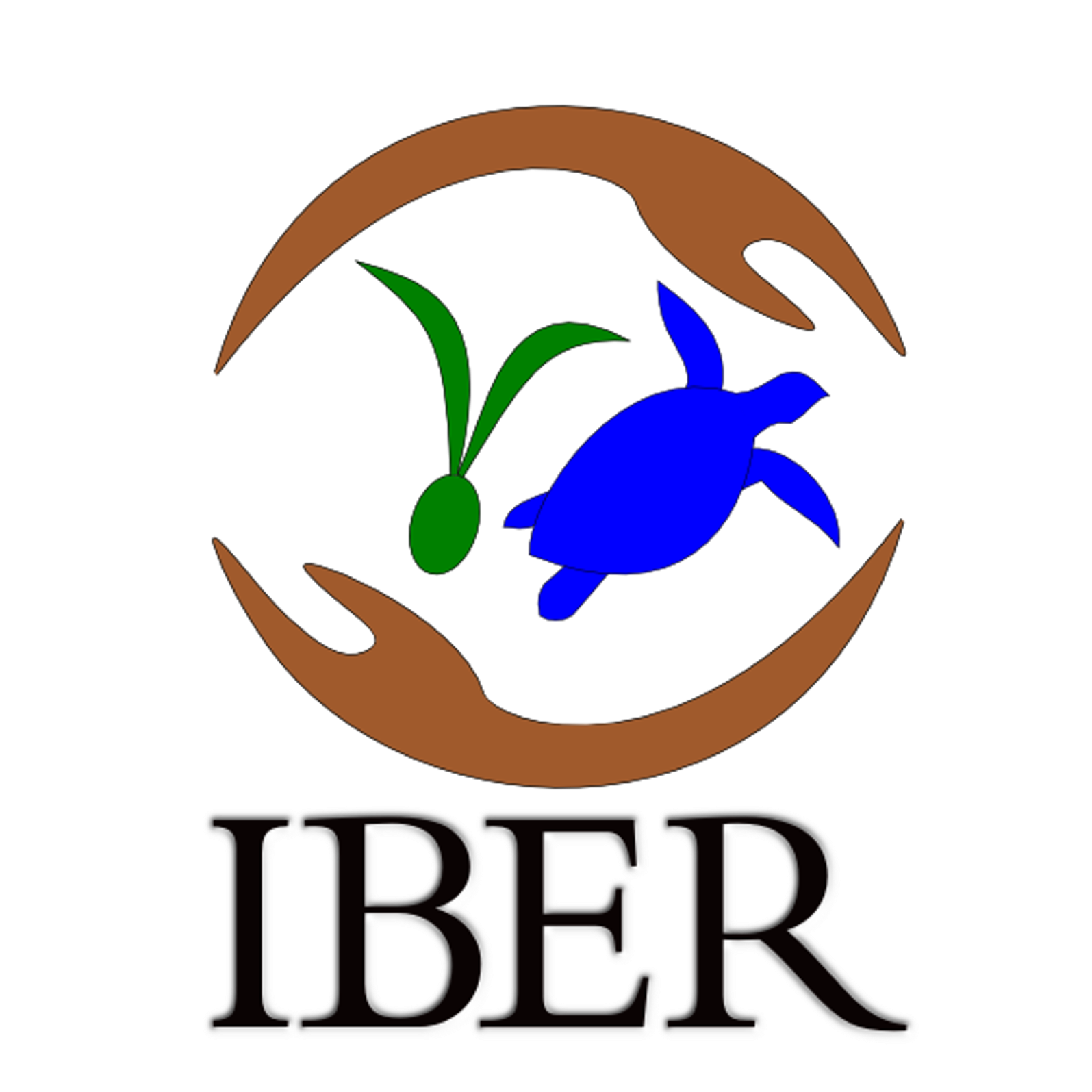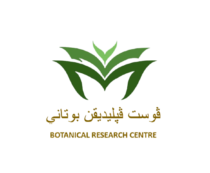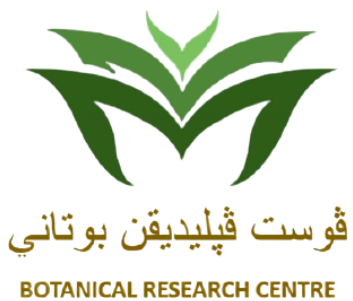Moringa oleifera Lam.
Horseradish Tree / Pokok kelor/Moringai (Bru.)
Annual or perennial tree or shrub that can reach up to 10 m tall. The tree possesses a bitter taste and slightly odour smell. Leaves are pinnately compound, alternately and spirally arranged, hairy when young becoming glabrous when mature. Leaflets are in pairs and arranged oppositely. Leaflet blades are ovate or elliptic, rounded at apex, rounded at base with entire margin. Barks are pungent, smooth but not fissured, whitish to grey and producing white mucilaginous gum changing to dark reddish-brown when exposed to air. Flowers are numerous, whitish to cream and fragrant. Inflorescence a wide-spreading panicle borne at leaf axils. Fruit a dehiscent, brown capsule that contains many seeds. Roots are
Locally, the root decoction is taken orally to encourage regular menstruation. The liquid from unopened pitcher is taken for asthma for children, made as an ointment for skincare purposes and taken for women to relieve labour pain.
It is generally found in harsh environments, near coastal areas and along riverbanks. It prefers moist, acidic, sandy soil under sunlight. It can tolerate flooding and full sun.
Stem cutting and seeds.
Native to India and
None





